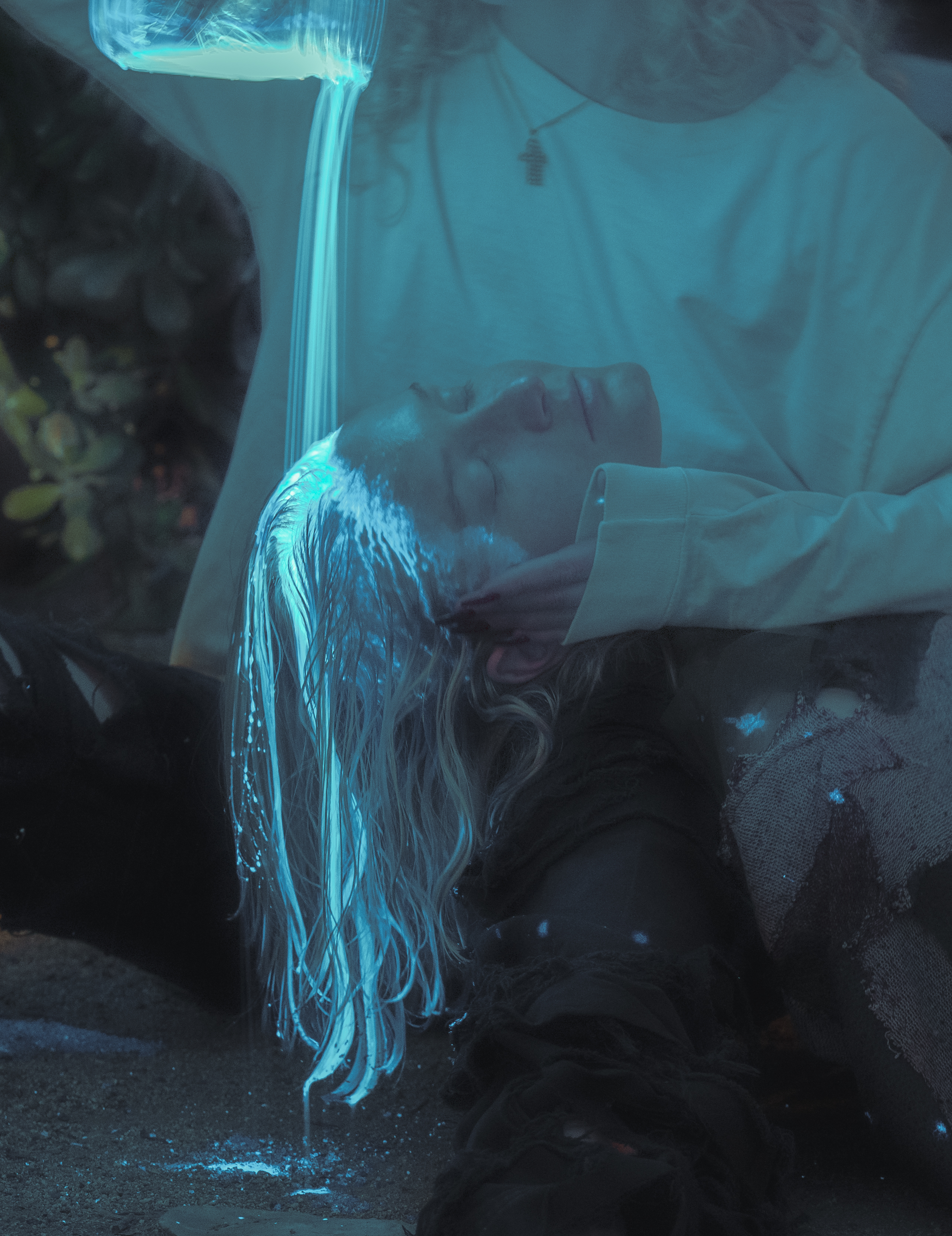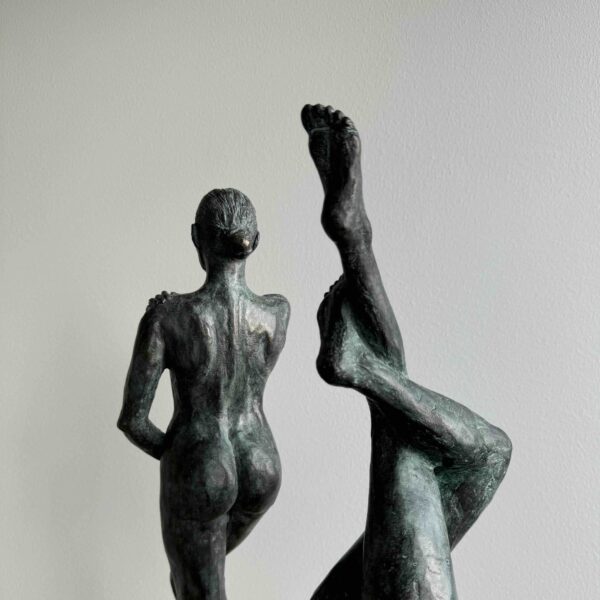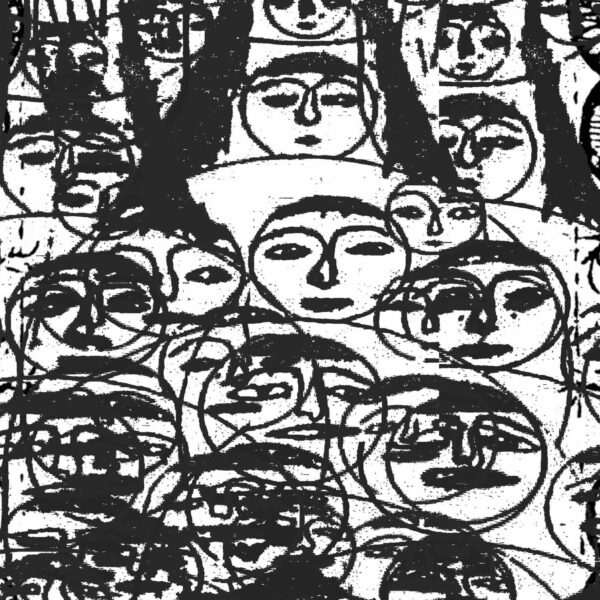Summer Wagner: Intersecting Dreams, Reality, and Art
Summer Wagner, a contemporary photographer, is acclaimed for the merging of reality and illusion in her work. Her photographs often depict dreamlike scenes, surreal settings, and people interacting with nature in unusual ways, reminiscent of the innovative works by Surrealist painters like Salvador Dali and Rene Magritte, and the symbolic narratives by Frida Kahlo.


Applying art historian Erwin Panofsky’s theory of iconology to Wagner’s work can provide valuable insight into her unique perspective. Panofsky proposed three strata for understanding art – primary or natural subject matter, secondary or conventional subject matter, and intrinsic meaning or content. The viewer must go beyond the physical objects and events depicted to explore the underlying symbolism and cultural influences.
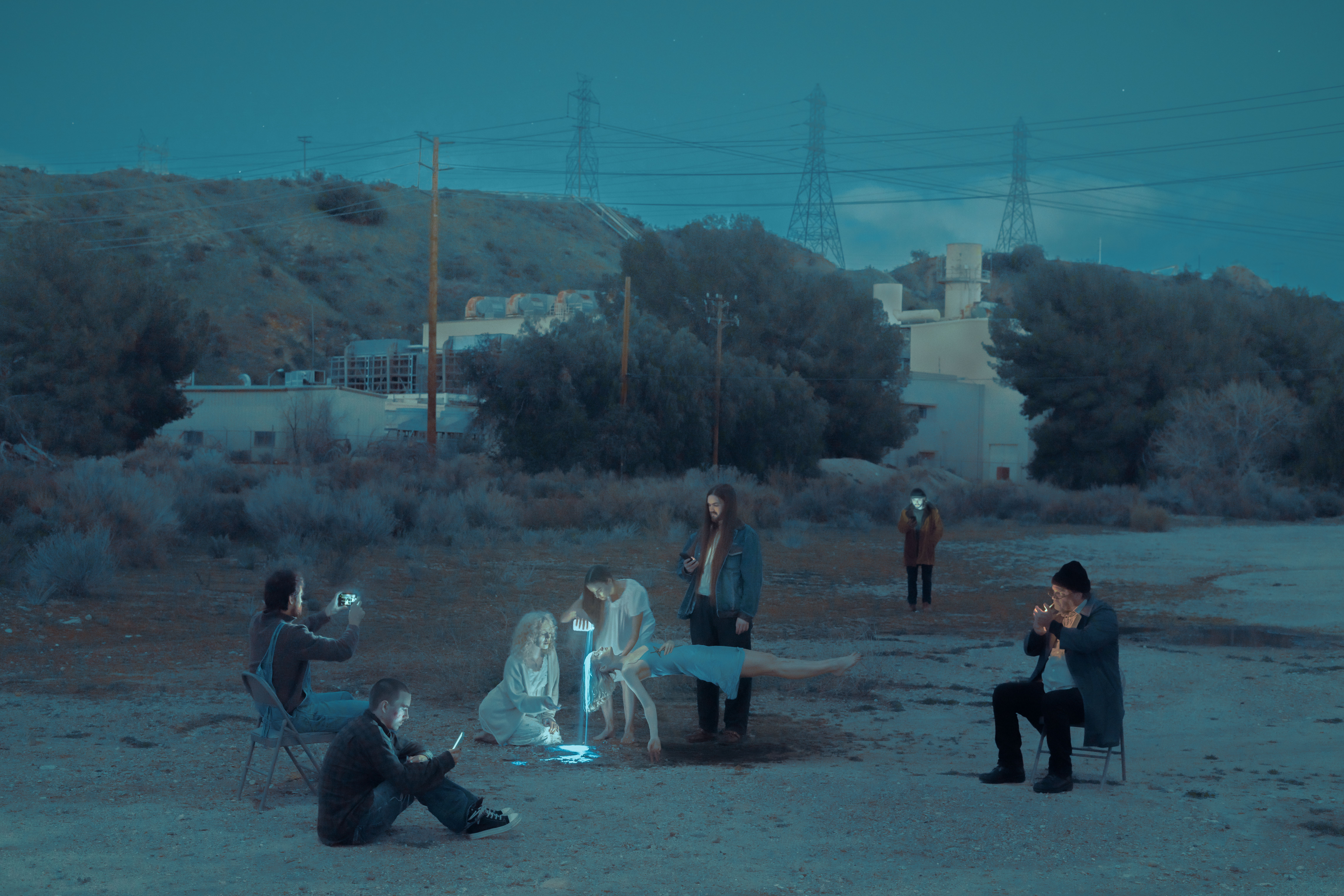
To better grasp the depth of Wagner’s work, let’s consider her photograph ‘The Crossing from North to South II’ from her collection ‘The Parody of a Tangled Thread’. It depicts two figures half-emerging from the earth, partially obscured by the light passing through a malleable prism. This striking juxtaposition of human form merging with nature echoes Salvador Dali’s famous painting ‘The Persistence of Memory’, with its melting clocks and dreamlike atmosphere. The primary ‘natural subject matter’ in this image lies in the realistic depiction of a figure and a tree. The ‘conventional subject matter’ emerges from the symbolic merging of human and nature, signifying our deep interconnectedness with the natural world. The ‘intrinsic meaning or content’ can be interpreted as a commentary on our fading connection to nature in an increasingly digital world.

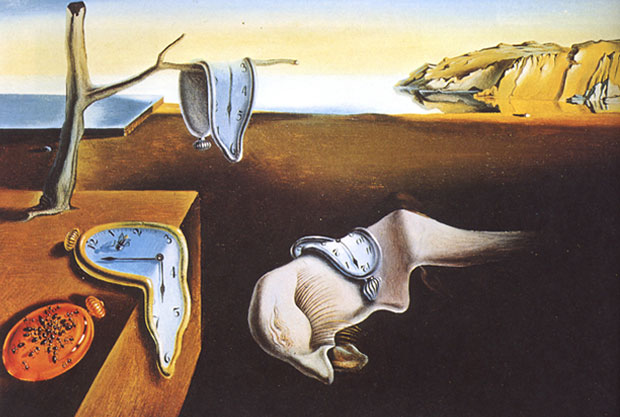
Rene Magritte’s influence can be observed in Wagner’s photograph ‘Evolution of the Eye’, which depicts a woman with her face obscured by the light of a cell phone that seems to seamlessly blend with the background. This mirrors the Surrealist aspects of Magritte’s ‘The Son of Man’. The primary ‘natural subject matter’ is a woman with a hidden face, while the ‘conventional subject matter’ revolves around themes of identity, self-concealment, and exploration of the subconscious. The ‘intrinsic meaning or content’ could be a reflection on the blurred lines between reality and illusion, and how we create our own realities based on our perceptions and experiences.

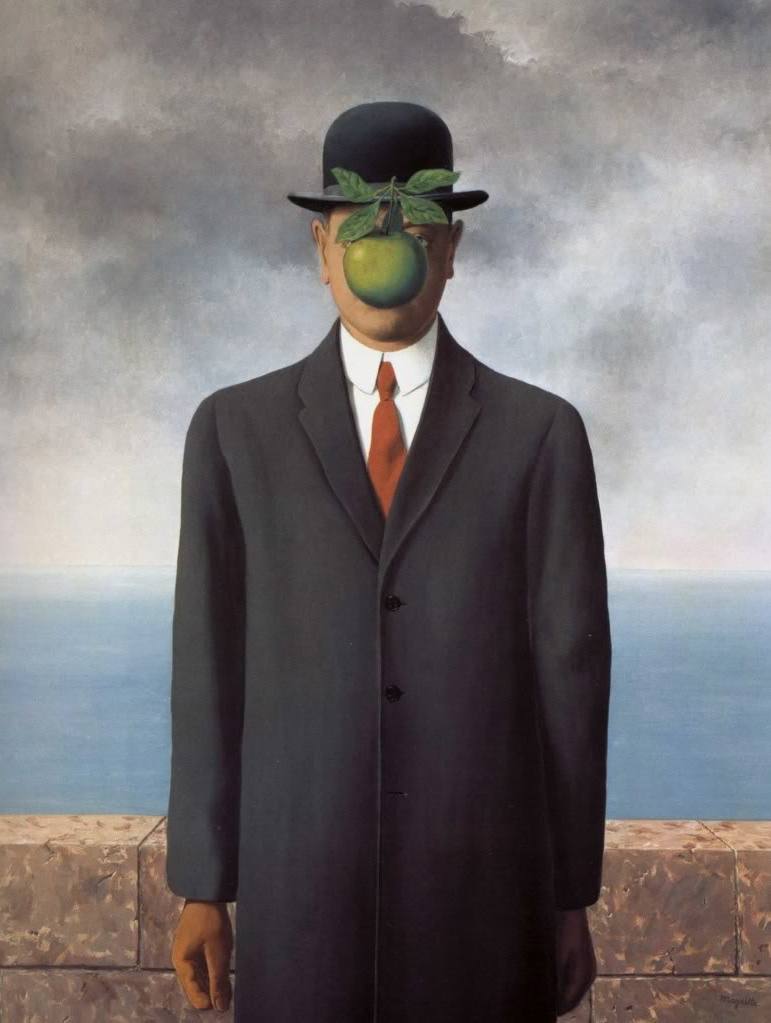
Frida Kahlo’s symbolic and personal narratives find resonance in Wagner’s photograph ‘Reflection of a Future Self’, which features two versions of herself, first representing her present and that of her future self. Here, the primary ‘natural subject matter’ is a series of fragmented self-portraits. However, the ‘conventional subject matter’ suggests a journey of self-discovery and self-exploration. The ‘intrinsic meaning or content’ is an investigation of the complex nature of identity, as well as the struggle for unity and wholeness in an increasingly fragmented world. The intense personal narrative in this piece echoes Kahlo’s painting ‘The Two Fridas’, which portrays two different versions of herself, sitting side by side with their hearts exposed.

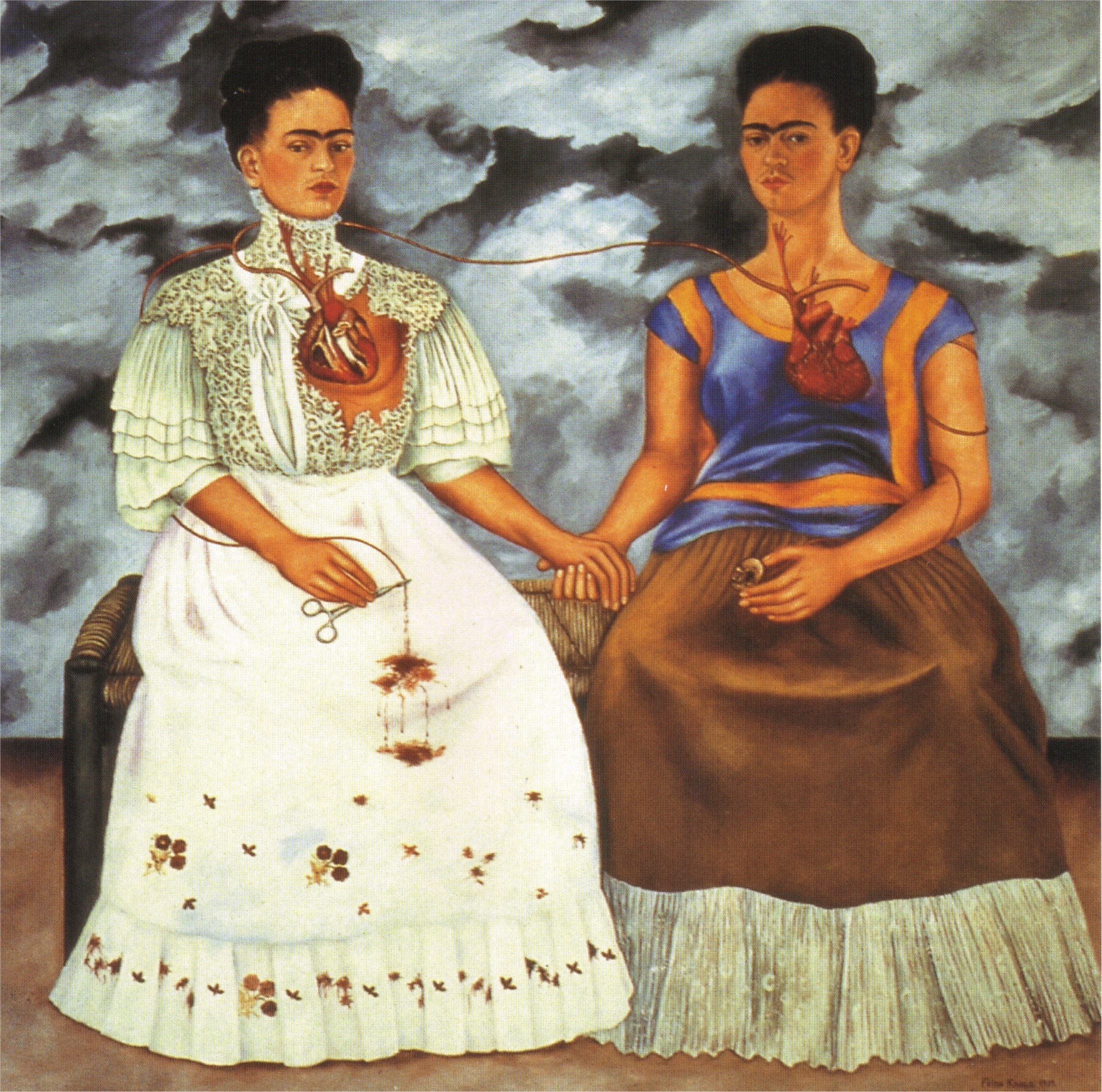
Through this comparative lens, we can more fully appreciate the depth and complexity of Summer Wagner’s work, which weaves together the reality of our physical world with the surreal landscapes of our inner minds, much like the dreamlike compositions of Dali and Magritte, and the symbolic narratives of Kahlo. Wagner’s unique photographic language, deeply rooted in self-expression, dreamscapes, and symbolic narratives, speaks to the human condition, our relationship with nature, and the complex dynamics of personal identity.
